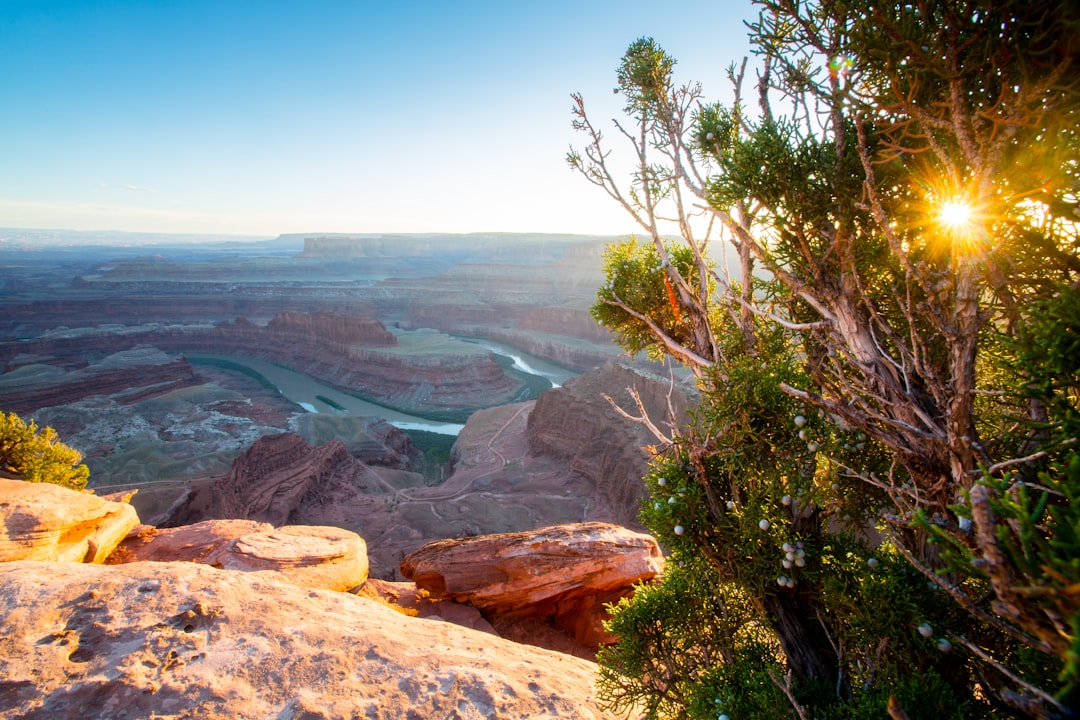Currently Empty: €0.00

In a world that moves at breakneck speed, the idea of slowing down may seem counterintuitive. However, the art of slow travel offers a unique way to immerse oneself in the beauty of nature while cultivating mindfulness and inner peace. Unlike traditional travel itineraries packed with must-see sights and activities, slow travel encourages a more relaxed and deliberate exploration of a destination.
Imagine meandering through a quaint countryside, breathing in the crisp mountain air, or listening to the gentle rustle of leaves in a secluded forest. These simple moments of connection with nature can have a profound impact on our well-being, helping to reduce stress, improve mental clarity, and foster a sense of gratitude.
One of the key principles of slow travel is sustainability. By opting for eco-friendly transportation modes such as biking or hiking, travelers can minimize their carbon footprint and support local communities. Choosing accommodations that prioritize sustainability, such as eco-lodges or off-grid cabins, allows for a more authentic and responsible travel experience.
Moreover, slow travel encourages meaningful interactions with locals, fostering cultural exchange and mutual understanding. Whether participating in a traditional cooking class, joining a community-led conservation project, or simply chatting with a friendly shopkeeper, these encounters enrich our travel experiences and create lasting memories.
Embracing the art of slow travel is not just about reaching a destination; it’s about savoring the journey itself. By slowing down and immersing ourselves in the beauty of the outdoors, we can reconnect with ourselves, with nature, and with the world around us. So next time you plan a trip, consider taking the scenic route, lingering a little longer, and embracing the transformative power of slow travel.
